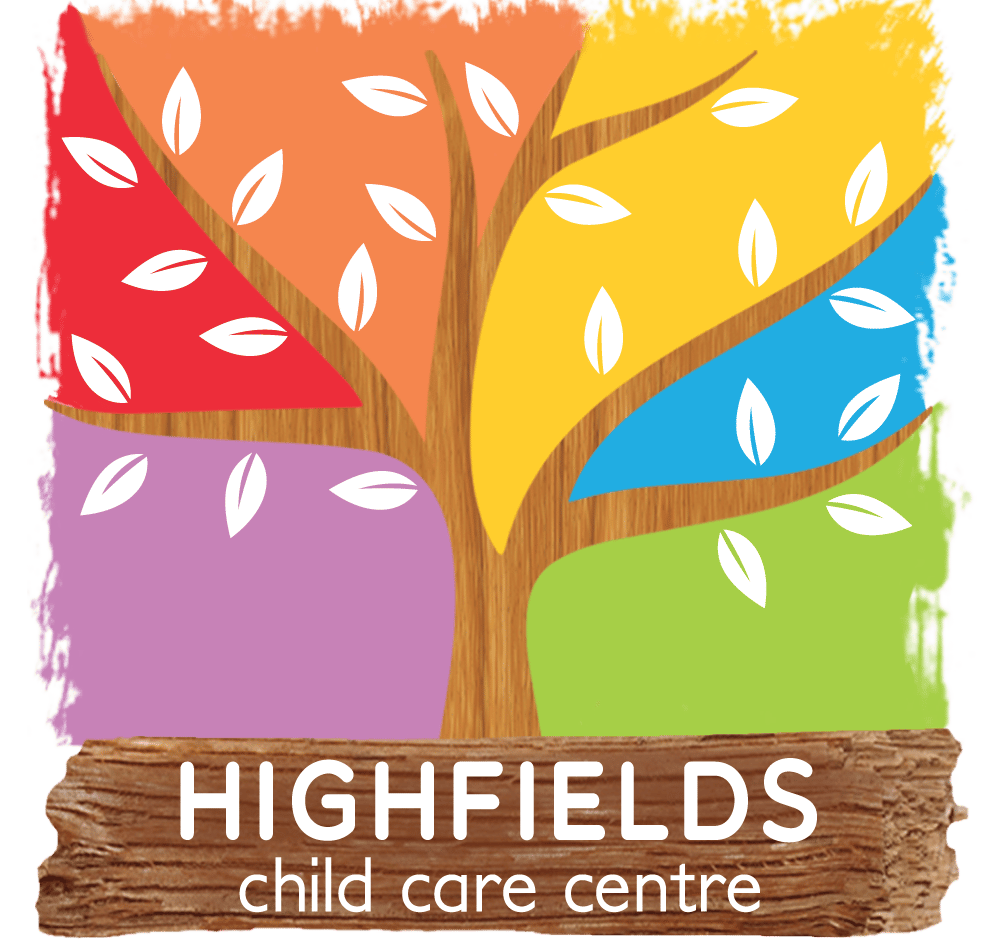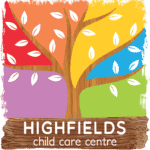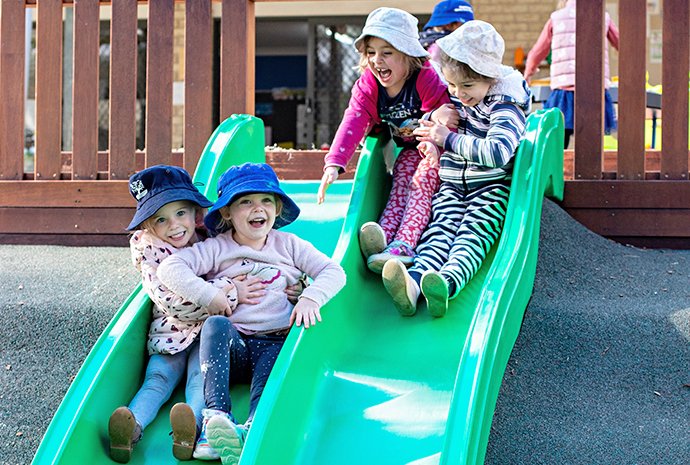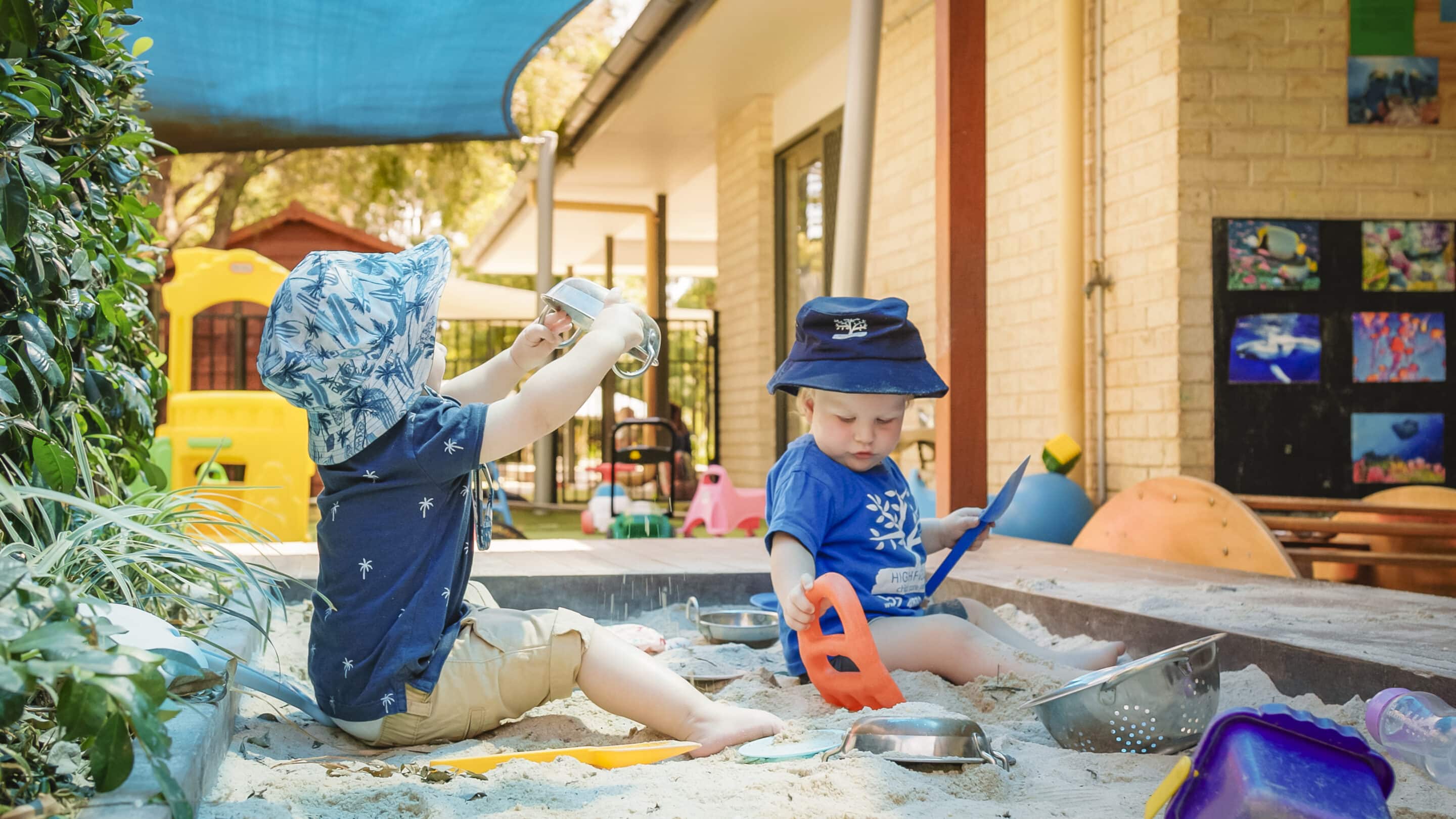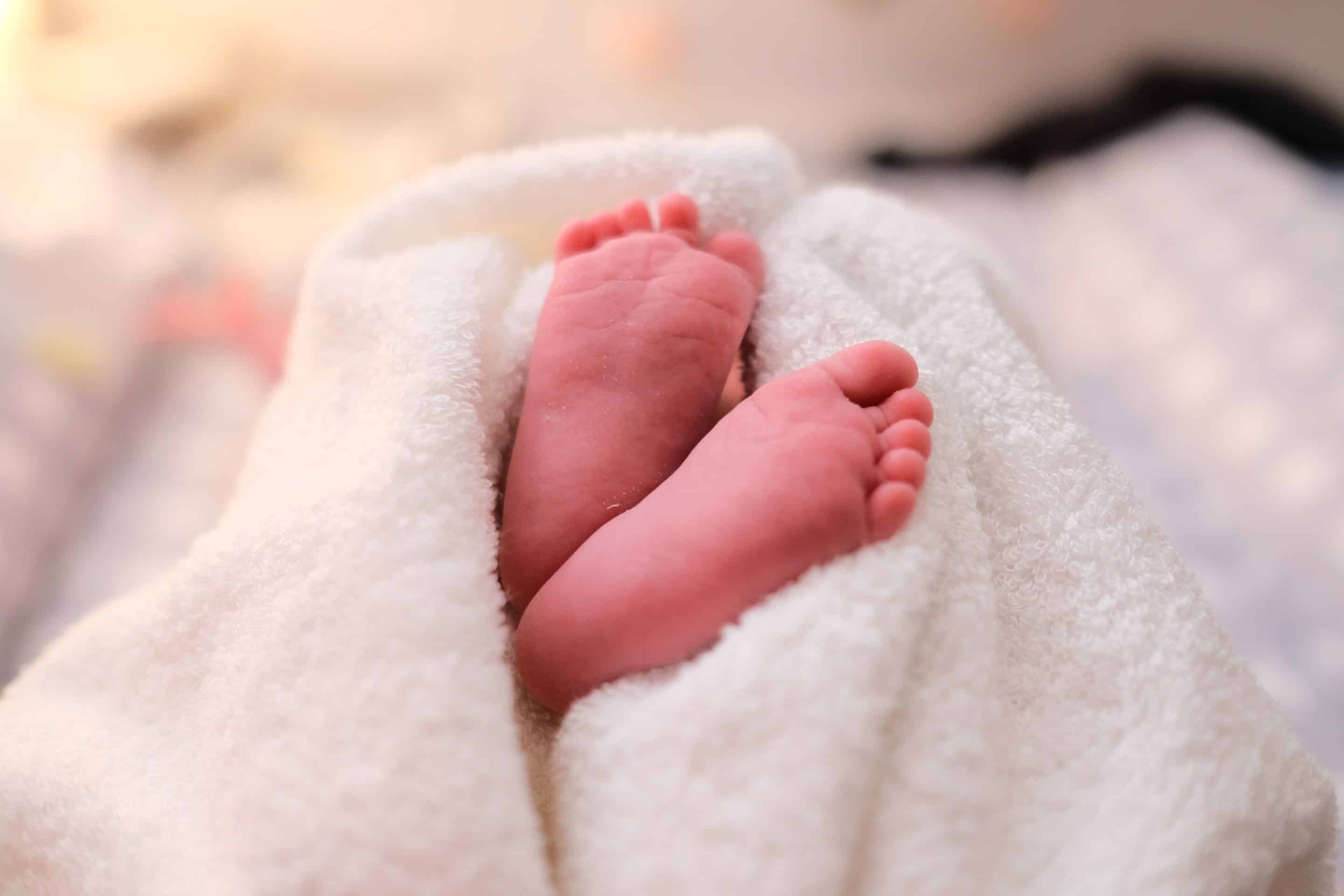Cardiorespiratory endurance, muscular strength, flexibility, bone health, improved balance, agility and coordination — the physical benefits of regular exercise are well established, and a growing body of research suggests frequent physical activity can improve academic performance, too.
Healthy body, healthy mind
Active children are better learners. Here’s why: brain health and basic cognitive functions that underpin learning, such as attention and memory, are enhanced by physical activity.
Clinical studies have shown that exercise increases the number of brain neurotransmitters (which play an important role in attention and focus), as well as brain-derived neurotrophins that support neuroplasticity (the brain’s ability to adapt and rewire itself).
Just one session of moderate-intensity physical activity can positively impact your child’s learning. One study found that after walking on a treadmill for 20 minutes, children exhibited greater neural activity and increased attention, memory and reading comprehension, compared to sitting for a similar length of time.
Similarly, a meta-analysis of school-age children revealed participation in physical activity resulted in beneficial cognitive outcomes across several measurement categories, including perceptual skills, IQ, achievement and verbal and mathematics tests.
And, when physical activity is used as a break from academic learning, research shows the effects include better attention, increased on-task behaviours and improved overall academic performance.
At Highfields Child Care Centre, physical activity is an important, and much-loved part of the children’s day. “We open at 6.30am, and from the moment the children start to arrive we’re outside, running, dancing, jumping, throwing and kicking balls, climbing and playing games,” says Brydie Morrison, our Director and Nominated Supervisor at Highfields Child Care Centre.
“At 10:00am our Kindy children go inside for morning tea and then begin activities for literacy, math and cognitive learning. We find the children have better focus and concentration because they have engaged in physical activity first thing in the morning. By providing regular opportunities, both indoors and outdoors for movement and exercise, we notice that the children are more focused in their learning and have a greater attention span.”
Physical activities to enjoy at home
“For babies and toddlers, it’s all about getting outside and moving, and giving them a chance to explore, climb and run,” Brydie says. “Putting on music while outside also encourages and supports movement and physical activity and the educators will often engage in dance with the children to encourage physical activity further”
Another source of joyful movement for this age group: balloon play! Because they’re light and buoyant, unlike a regular ball, balloons are great for young ones to chase after and practice playing catch — which aids the development of gross motor skills.
When it comes to kindergarteners and preschoolers, Brydie recommends trying more advanced activities. “It could be copying dance moves, yoga poses, bat and ball games, or games like soccer which involve kicking, It helps to choose something that has a specific focus,” she says. “It helps support the children’s learning further when we explain the movements and which muscles are being used. You can even try a game with instructions, like ‘What’s the time, Mr. Wolf?’”
On days where the weather is not suitable for outdoor play, the children are still provided with many opportunities to engage in physical activity indoors. “We have an interactive smart screen, in which the children are able to follow along to guided dance movements and it’s such a fun way to get the children moving their bodies! We also do lots of action songs with the children which require full body movements such as jumping, hopping, skipping and stretching.
